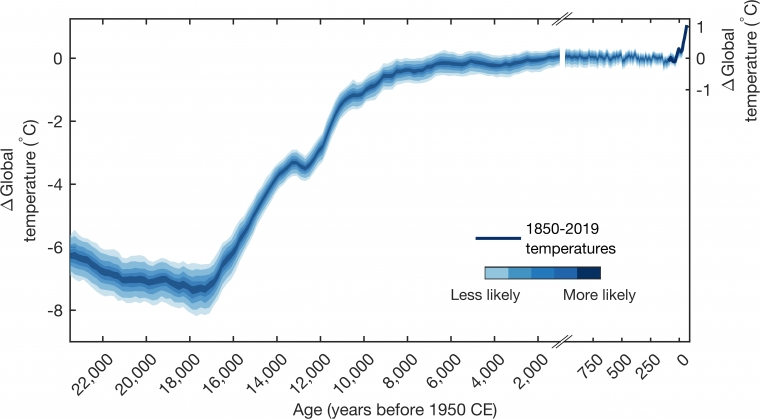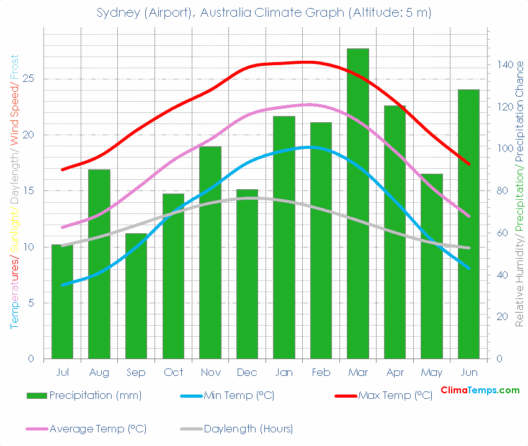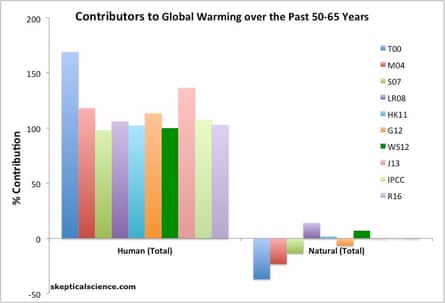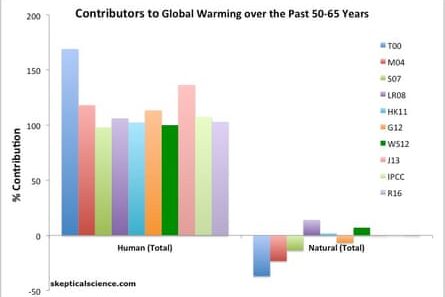Earth’s Last Stand: How Long Before Global Warming Destroys Our Planet?
The alarming trajectory of global warming has sparked fervent discussions around its irreversible impact on our planet. For millennia, Earth has navigated a natural ebb and flow of climate variations. However, the current anthropogenic acceleration of greenhouse gas emissions raises an urgent question: How much longer can our planetary home sustain itself before the consequences of climate change become inescapable? This inquiry marks a pivotal juncture in human history, demanding an exploration beyond mere statistics and into the fabric of existential peril.
To grasp the enormity of the situation, it is essential to contextualize the recent historical climate data. Over the last 24,000 years, the Earth has experienced dramatic temperature shifts, glorious ice ages, and temperate interludes. Yet, today, we are in uncharted territory. Contrary to natural oscillations, the current warming is primarily attributed to human activities such as fossil fuel combustion, deforestation, and industrial processes. These actions have elevated atmospheric carbon dioxide to unprecedented levels—now exceeding 400 parts per million—ushering in an era of climate instability.
Projected temperature increases of 2°C or more above pre-industrial levels could precipitate catastrophic feedback loops. One such concern involves the melting of polar ice caps, which reserves vast amounts of methane—a potent greenhouse gas—in permafrost layers. As this methane reserves release due to thawing, a vicious cycle emerges, further exacerbating global temperatures. Such interconnections are often labeled as tipping points, where minor changes lead to irreversible consequences.
The ramifications of unchecked global warming are multifarious. Sea-level rise threatens coastal regimes, while extreme weather events gain a nefarious frequency—hurricanes, floods, heatwaves, and droughts disrupt livelihoods like never before. Agricultural sectors face unprecedented duress as climate conditions shift, compromising food security. This precarious dance of nature and nurture escalates the likelihood of international conflicts, as resources dwindle and displaced populations surge. Communities become vulnerable, often disproportionately affecting marginalized groups who contribute least to the crisis but suffer the most from its effects.
One must ponder a pivotal inquiry: How soon will these dire consequences manifest? Studies indicate that without comprehensive policy shifts and widespread public engagement, we may face irrevocable damage within mere decades. The Intergovernmental Panel on Climate Change (IPCC) warns of catastrophic events unfolding over the next 20 to 30 years if current trends persist unchecked. Acknowledging this ticking clock is imperative to galvanize action at individual and systemic levels.
For cultivators of hope, the narrative does not conclude with an impending doom. Instead, this juncture serves as a clarion call. It is a moment ripe for innovation and revitalization. We must pivot our focus toward the potential for transformative climate action, harnessing cutting-edge technologies, policy frameworks, and community resilience strategies to redefine our trajectory. Renewable energy advancements—solar, wind, and geothermal—represent potent tools for diminishing reliance on fossil fuels. Transitioning toward a circular economy, where products are designed for longevity and recyclability, could reap both environmental and economic benefits.
Empowering individuals through education and awareness is equally paramount. Grassroots movements emphasizing sustainability, conservation, and equitable practices can galvanize collective action. This shift in the populace’s consciousness, propelled by compassion and responsibility, can pressure governments and corporations to adopt stricter emission regulations and eco-friendly business models. Social media platforms amplify these voices, creating synergy and solidarity across borders. An engaged citizenry can usher in a renaissance of ecological stewardship, where environmental health is prioritized over unchecked industrial growth.
Moreover, climate justice emerges as a crucial dialogue in addressing the multifaceted dimensions of global warming. Fundamental to ecological advocacy is the recognition of its entanglement with social equity. Environmental degradation disproportionately impacts impoverished communities, necessitating inclusive policies that promote climate adaptation and resilience. Collaborative efforts bridging diverse stakeholders—including scientists, legislators, activists, and ordinary citizens—can forge comprehensive strategies that acknowledge varied experiences and foster inclusive solutions.
As the echoes of climate change reverberate throughout the globe, a kaleidoscope of worldwide responses emerges. Nations are gradually coalescing around the notion that climate action is a collective imperative. The Paris Agreement ignited ambitions to limit global warming to well below 2°C, urging collaborative endeavors and emission reductions. Yet, the urgency cannot wane; aspirational targets must transform into actionable commitments. Building climate resilience necessitates continual evaluation and modification of strategies, ensuring that adaptive measures evolve as conditions shift.
Ultimately, how long before global warming irrevocably alters our planet hinges on our collective response to this existential challenge. Now, amidst a profound crisis, lies an unprecedented opportunity. It resides not in despair, but in galvanizing the human spirit toward a sustainable future. The question morphs from merely “How long?” to “What will we do about it?” Just as the Earth has witnessed cycles of change over thousands of years, it can respond positively again—if we commit wholeheartedly to the monumental task at hand. Our planet’s fate rests in our hands, and it is time to act decisively and with purpose before we reach the point of no return.








